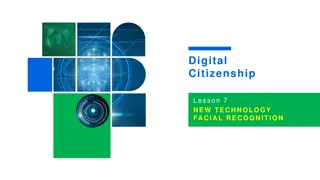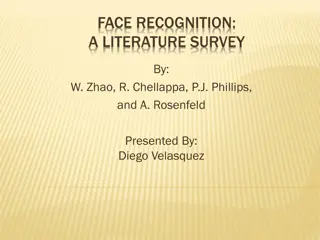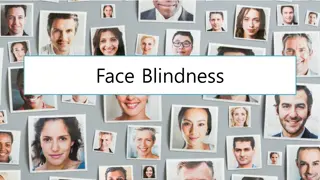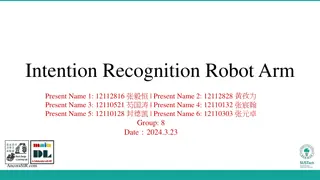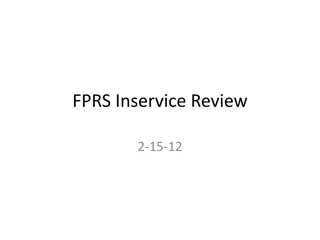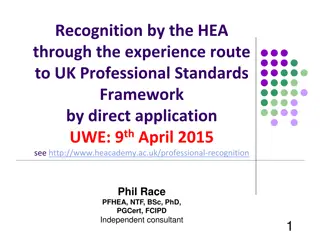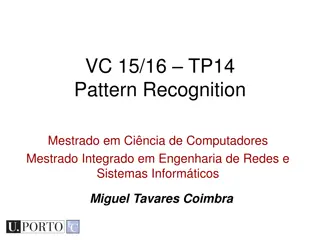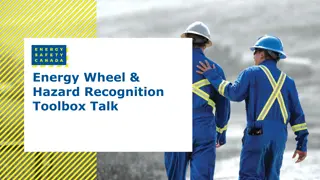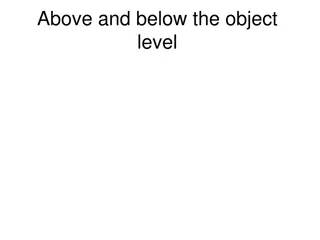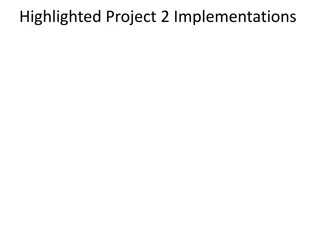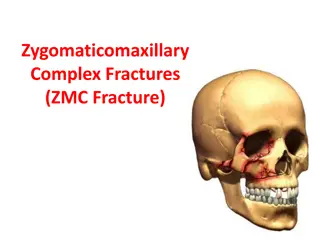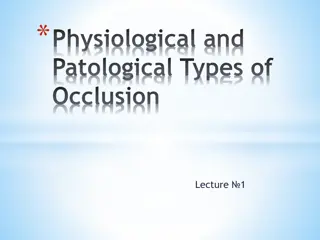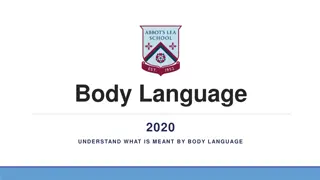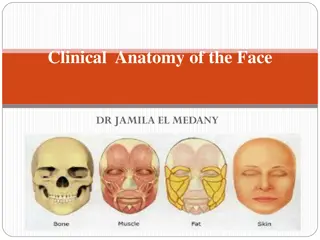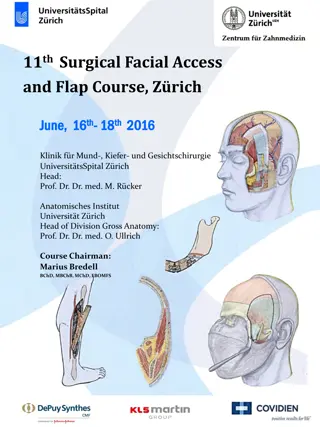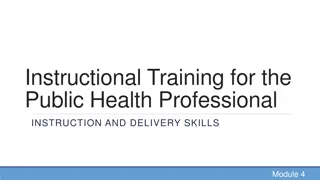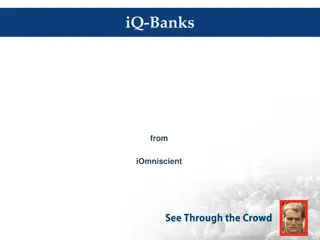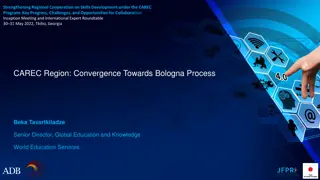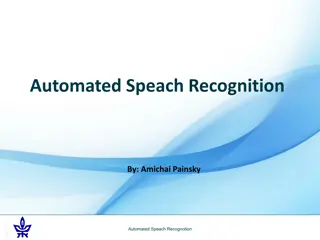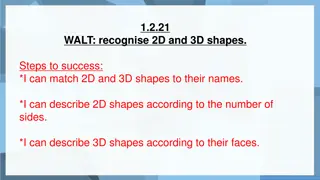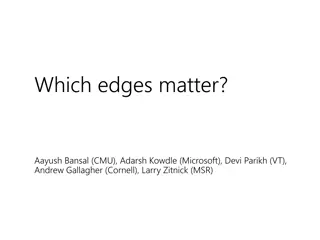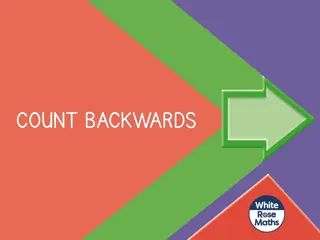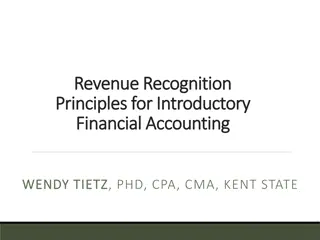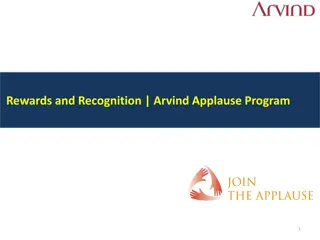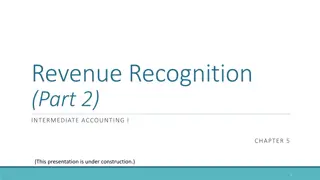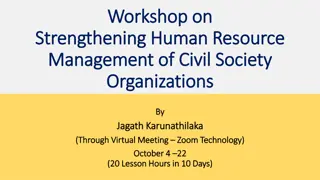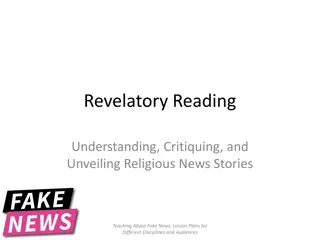Unveiling the World of Facial Recognition Technology
Explore the world of facial recognition technology and delve into its benefits, risks, and impact on privacy. Understand key vocabulary, essential questions, and learning objectives surrounding this AI technology. Dive into discussions on unlocking devices with facial recognition and ponder the implications on privacy in today's tech-driven world.
Download Presentation

Please find below an Image/Link to download the presentation.
The content on the website is provided AS IS for your information and personal use only. It may not be sold, licensed, or shared on other websites without obtaining consent from the author. Download presentation by click this link. If you encounter any issues during the download, it is possible that the publisher has removed the file from their server.
E N D
Presentation Transcript
YEARS 7-13 Facing Off with Facial Recognition commonsense.org/education Shareable with attribution for noncommercial use. Remixing is permitted.
Essential Question What are the benefits and risks of facial recognition? commonsense.org/education Shareable with attribution for noncommercial use. Remixing is permitted.
LEARNING OBJECTIVES 1 Understand what facial recognition is. 2 Consider the benefits and risks of facial recognition. commonsense.org/education Shareable with attribution for noncommercial use. Remixing is permitted.
WARM-UP POLL Do you have (or know someone who has) a device that you can unlock with your face? What type of device is it? commonsense.org/education Shareable with attribution for noncommercial use. Remixing is permitted.
EXPLAIN Unlocking devices with your face is an example of a type of artificial intelligence technology called facial recognition. commonsense.org/education Shareable with attribution for noncommercial use. Remixing is permitted.
Key Vocabulary Artificial Intelligence a computer program that can perform tasks that typically require human intelligence commonsense.org/education Shareable with attribution for noncommercial use. Remixing is permitted.
Key Vocabulary Facial Recognition a type of AI technology that can use a digital image of a face to identify a person commonsense.org/education Shareable with attribution for noncommercial use. Remixing is permitted.
EXPLAIN Facial recognition is used in a lot of different apps and tools, but like with any technology, there are both benefits and risks to using it. The risks we think about most are related to our privacy. commonsense.org/education Shareable with attribution for noncommercial use. Remixing is permitted.
Key Vocabulary Privacy protection from being observed or tracked by others, including the government, companies, the public, individuals or groups commonsense.org/education Shareable with attribution for noncommercial use. Remixing is permitted.
REFLECT What are some of the benefits or risks of facial recognition? commonsense.org/education Shareable with attribution for noncommercial use. Remixing is permitted.
REFLECT Benefits of facial recognition Privacy risks of facial recognition It could be used against people who disagree with the government or a company. You can use it for fun things like Snapchat or Instagram filters. Companies can use it for targeted advertising. It makes unlocking your phone convenient. A company or the government could use it to follow you anywhere you go. It could be a useful tool to help protect people. commonsense.org/education Shareable with attribution for noncommercial use. Remixing is permitted.
EXPLAIN Balancing the benefits and potential risks of new technologies like facial recognition can be tricky. Whether a technology is useful or risky depends on a few things: who is using it, how it is being used, why it is being used and how their privacy is affected by it. commonsense.org/education Shareable with attribution for noncommercial use. Remixing is permitted.
LUNCH LINES DILEMMA Mr. Davis is the headteacher of Fairview High School, one of the biggest schools in Wales. At the beginning of the year, Mr. Davis sent a survey to learn about the things that learners wanted to improve about school. Most learners said they wanted to make the lunch lines move more quickly so that everyone could eat without having to rush to make it to their next class. Right now, they have to stand in line to get their lunch and then stand in another line to scan their ID so the school can keep track of everything. While looking for solutions to the issue of lunch lines, Mr. Davis received a pitch from a facial recognition company. The company said it could create a system that would scan learners' faces while they got their lunch. That way, learners wouldn't have to wait in a second line to get their ID scanned. commonsense.org/education Shareable with attribution for noncommercial use. Remixing is permitted.
TAKE A STAND Do you think Mr. Davis should get the facial recognition technology to improve the lunch lines? commonsense.org/education Shareable with attribution for noncommercial use. Remixing is permitted.
TAKE A STAND What do you think? Explain your perspective. commonsense.org/education Shareable with attribution for noncommercial use. Remixing is permitted.
TAKE A STAND Where do your classmates stand? commonsense.org/education Shareable with attribution for noncommercial use. Remixing is permitted.
TAKE A STAND What had you not considered that other people brought up? Maybe you changed your mind, maybe you didn't -- that's OK! How has your thinking shifted after hearing your classmates' perspectives, even if you haven't changed your mind? commonsense.org/education Shareable with attribution for noncommercial use. Remixing is permitted.
TAKE A STAND Look beyond this specific case. How does this dilemma remind you of other situations we've explored in class, or that you've seen, heard about or experienced? commonsense.org/education Shareable with attribution for noncommercial use. Remixing is permitted.
EXPLAIN The goal of this activity wasn't to lead us to a "right" answer. Instead, to determine whether facial recognition is useful or risky, we're learning to look at the context: who is using it, how it is being used, why it is being used and how people's privacy is affected by it. commonsense.org/education Shareable with attribution for noncommercial use. Remixing is permitted.
CLOSING REFLECTION Facial recognition is just one example of a technology that has both benefits and risks. Remember that as new AI tools are created or get added to apps, games or sites that you use, it's important to think critically about the benefits and risks before using them. commonsense.org/education Shareable with attribution for noncommercial use. Remixing is permitted.
commonsense.org/education Shareable with attribution for noncommercial use. Remixing is permitted.



